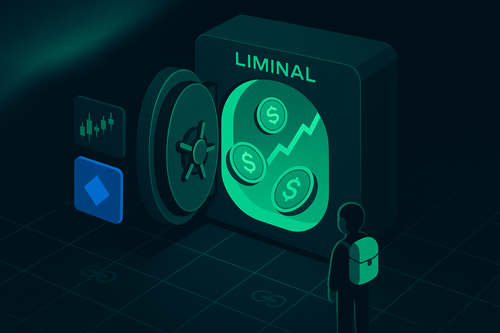Introduction
Following the last article about full exposure BTC farming, this article dives into reduced exposure BTC farming. Reduced exposure BTC farms are ideal for people that have a large spot BTC stash, are maybe even over-allocated for their own taste, and don’t want to straight up sell them while shielding against volatility. This could for example be due to tax implications or to keep farming points. You will, however, miss out on some of the BTC gains in case of good price performance - the price you always pay for downside protection.
Generally, reduced exposure farming involves holding a BTC position in some form and shorting it in parallel in a capital efficient manner. This is typically done via a lending protocol.
Basic setup
The basic setup is collateralizing a lending protocol with some version of BTC. Please revisit the previous article to a broader overview of the most lucrative options so you can earn already earn points for the basic setup.
For this article let’s assume the basic setup is staking BTC with Lombard and depositing it into Aave. This is a highly popular pool, offering both high TVL for scalability and a points multiplier.

Collateralizing Aave with LBTC gives you plenty of borrow options at various APYs. Assuming you don’t want to reduce your BTC exposure too much, it is advised to stay within a healthy LTV and rather over- than under-collateralize.
Strategy 1: DeFi Shorting
This strategy relies on shorting BTC through DeFi. This involves the following steps:
- Borrow a BTC correlated asset (WBTC, tBTC, cbBTC, LBTC, …) against your (L)BTC collateral, ideally the one with the lowest interest rate.
- Sell that asset for stables, effectively shorting BTC for that amount.
- Farm with those stables.
This will earn you:
- Lombard Points + Babylon points from LBTC
- Yield or points from your stables
- Reduced exposure to BTC
Lending and borrowing fees are almost negligible in this case.
For stable farming, popular options include Noble, AO, Pendle PTs, or various other points farms like Resolv, Level or Ethereal. APRs are currently somewhere between 10-15%.
This option bears (almost) no liquidation risk, as you borrow a highly correlated asset. However, there are other risks involved. The main risk is failure of one of the many protocols involved in this strategy (WBTC, Babylon, Lombard, lending protocol, stablecoin itself, stable farm, …).
Therefore, it is strongly advised to closely monitor any suspicious activity of the involved protocols.
Strategy 2: Perps Shorting
This strategy starts of with the same basic setup, a collateralized account on a lending protocol and follows these steps:
- Borrow your stablecoin of choice with LTV you feel comfortable with, aim for the one with the lowest borrowing APY (also check multiple chains if applicable).
- Deposit the stables into a perp platform of choice, ideally aim for:
- An incentivized exchange (earning points)
- Deep enough liquidity so you won’t get sniped or liquidated on scam wicks
High funding rates (”high” meaning as positive as possible)
This will usually be a DEX, but also a CEX is possible although this likely won’t earn you points.
- Short BTC with leverage you feel comfortable with
This will earn you:
- Lombard Points + Babylon points from LBTC
- Perp Exchange points
- Currently funding rates from shorting
- Reduced exposure to BTC
However, this will also cost you borrowing rates for your stables.
Currently, borrowing rates from stables are around 4%, while funding rates for shorting are around 10% (multiplied by your leverage).
Overall, this will earn you a bunch of points for different products, reduce your BTC exposure and earn you ~16% from the stables you borrowed, assuming a 2x leverage short.
This strategy is arguably a lot riskier though, and involves a couple of additional risks apart from protocol risks:
- Liquidation risk on the Perp DEX
- Liquidation risk on the Lending protocol
- Variable borrowing and funding rates
The liquidation risk is two-fold, on the lending protocol as well as on the Perp DEX, so closely monitoring your positions is of utmost importance.
In addition to that, in case the market turns and funding rates become negative, you will actively lose money with this strategy. The same can happen if funding rates stay positive, but stable borrowing rates spike above funding rates.
To check funding rates across centralized exchanges, you can use coinglass, for decentralized exchanges the best sources are the exchanges themselves.

Another version of this strategy is buying e.g. eBTC or LBTC PTs on Pendle for fixed yield on BTC and shorting BTC on an exchange for the funding rate. However, this requires additional capital apart from your spot BTC. While this is slightly out of scope of this report, it could be a viable option in case you have idle funds on a perps account.




